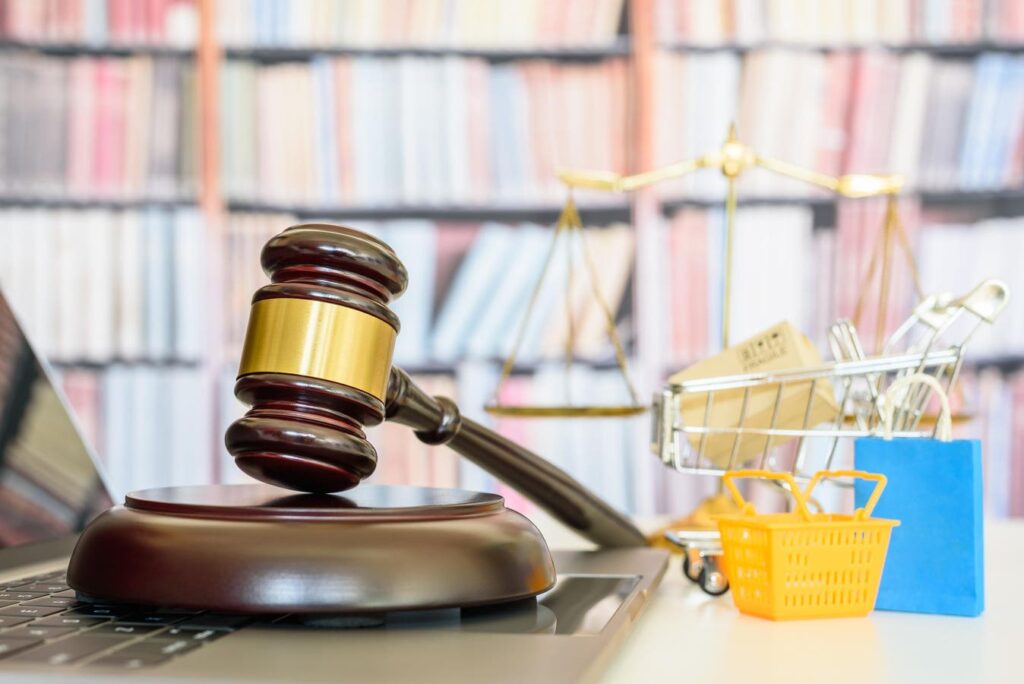Wen Xie, Founder of Lux Lumen Intellectual Property, PC.
Imagine you are a maker of radars, lidars and other types of remote sensing technologies. Now, imagine you have invented a new radar system for detecting obstacles, debris or projectiles.
Your new radar system can be implemented for planes and automobiles of all types. It can even be used for national defense purposes. And, your technology offers significant improvements over your previous models: It’s faster, more accurate and capable of a far more vast detection range. You file a patent application and you want to tell the U.S. Patent and Trademark Office (USPTO) how amazing your new technology is over anything that is out there previously.
Here’s the problem with doing that.
Talking About Safety Improvements
Patent disclosures are the time to talk about what is new and novel about your invention. In fact, you are required to go into great depths to describe the newness and non-obviousness aspects of your invention with written descriptions and drawings. However, if your new product or invention has anything to do with safety, you need to be especially considerate of how you approach your patent. This might include, for example, a new radar system that can be used for detecting external obstacles to a vehicle for the purpose of avoiding collision.
As the founder of an intellectual property law firm specializing in patent procurement and portfolio management, I’ve seen firsthand that going into depth about improvements in this area—such as your new radar being faster, more accurate and markedly decreasing the likelihood of collision—may help you acquire a patent, but it can expose your company to product-liability risk.
Product Liability In Patent Disclosures
Product liability is the area of law in which manufacturers, distributors, suppliers, retailers and others that make products available to the public are held responsible for the injuries those products cause. The challenge with talking about improvements in a technology area that serves a safety purpose is that you could inadvertently trigger questions regarding the deficiencies of any previous versions or iterations of that product.
Take the radar example again. You’ve described your new radar as accurate; its accuracy rate is X, and its detection range is Y. A product liability attorney could very well take statements like that and raise a number of inquiries, such as: How long did you know that your previous version suffered accuracy flaws? After all, your previous accuracy rate was less and so was the detection range. And if you didn’t think there were accuracy issues, then why did you make such a significant investment toward improvement?
I’ve found that patent disclosures are a favorite hunting ground for product liability inquiries for the very reason that makers and manufacturers are inclined to speak to improvements as they attempt to describe novelty and non-obviousness.
In fact, technological improvement is one of USPTO’s requirements for describing computer-implemented technologies such as software or AI technologies. For example, let’s say your new radar system includes more than just new and improved hardware; it has an improved computer system that implements the new radar, and you want to patent both the new physical product and the new software. Technological improvement aspects should be included in your description of the software product at least.
So, what should you do?
Avoiding Trigger Words And Hard Numbers
The key to capturing novelty and improvements in patent disclosures while avoiding product liability is to avoid trigger words for product liability inquiries. A trigger word in this context is anything having to do with safety. For example, potential trigger words that may be best to avoid in a patent disclosure include “safe” or “safety,” as well as “collision,” “crash,” “accident,” “injury” and similar—you get the idea.
When it comes to describing features like accuracy or detection capabilities for which you can ascribe values, it is best to describe ranges rather than hard values. And make sure the range still includes the values of your previous versions. Therefore, you can include broad ranges that capture the values achieved by your previous product versions while also encompassing values that your new product is capable of. In fact, you can describe multiple ranges and describe the more accurate or higher detection ranges as being preferable.
Your new invention is amazing. You should talk about it. The idea is to prevent your product from being interpreted in a way that can imply any alternate or previous versions developed by your company were flawed or unsafe for the user. This can be done thoughtfully while describing the novel improvements.
The information provided here is not legal advice and does not purport to be a substitute for advice of counsel on any specific matter. For legal advice, you should consult with an attorney concerning your specific situation.
Forbes Business Council is the foremost growth and networking organization for business owners and leaders. Do I qualify?
Read the full article here

